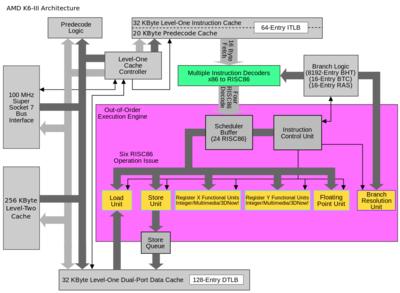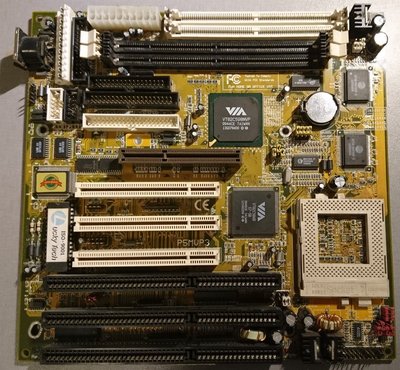Reply 40 of 151, by Ozzuneoj
- Rank
- l33t
I have an FIC PA-2013 2.1 with 2MB Cache and I can vouch for it being a great board. I can't even remember where I got it but it has been the foundation of several of my ultimate Windows 98 \ DOS builds since maybe 2005. Never had a problem with it, and I'm very glad that it is a 2.1 version because I'm certain that I would have blown it up with an AGP voodoo card at some point if it weren't.
It's worth noting that the board says 2.0 in one spot (near the pa-2013 name I think) but 2.1 near the lower left corner, so if you're looking for one don't write off every model that says 2.0 unless it doesn't say 2.1 anywhere. Also mine has a chip missing near the back of the AGP slot, and I think the models with the AGP problems will have this spot populated with the offending chip.
Now for some blitting from the back buffer.

